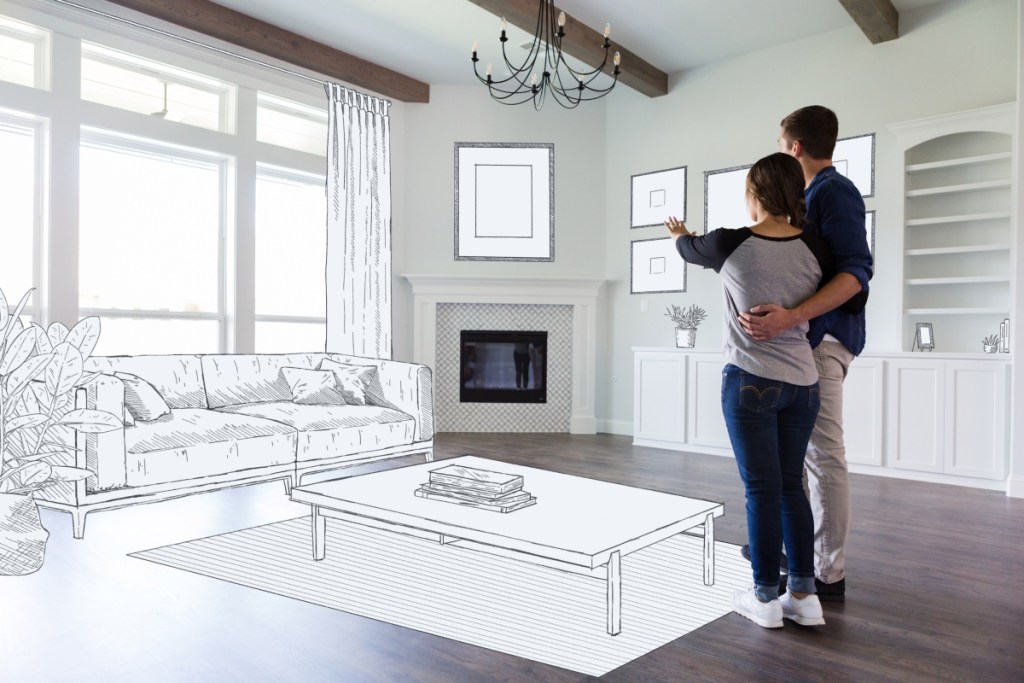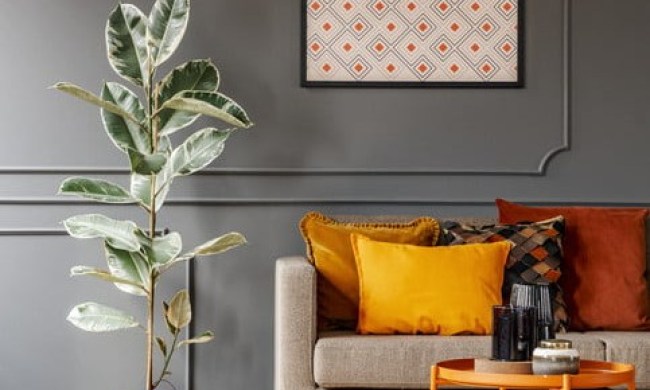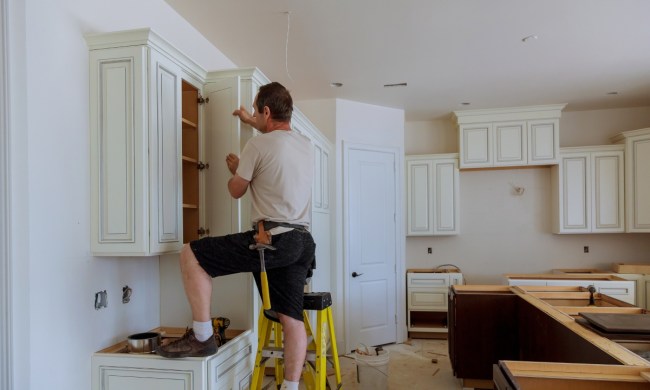Designing the perfect interior can be a struggle. From spatial planning to color palettes, there’s a lot to consider before you dive into redecorating your space. So, to help you avoid some of the hallmarks of lousy home design, we’ve spoken to a few experts who have advice on how to create a stunning interior that suits you and your family.

Not considering the functionality of your space
One of the greatest mistakes homeowners make when redecorating their space is not considering the functionality of the room. Your home should be, first and foremost, a functional space. You can’t have the television tucked into a corner out of sight from your sofa, or your bed too close to your closet doors. The layout needs to make sense. Unfortunately, spatial planning is a tricky endeavor, and homeowners often gloss over just how their room will be laid out.
We spoke to Perla Lichi, an interior designer based in South Florida at Perla Lichi Design, to better understand this home design mistake. Lichi said, “When looking to purchase furniture, you are not just looking at the colors, pattern, style, and materials, you have to think of the scale in relation to the home.” All too often, homeowners will buy furniture based on looks, but this can result in a coffee table that is too large for the space or a light fixture that feels too small on a vaulted ceiling.
Try to keep in mind the scale and functionality of the furniture and fixtures you bring into your home.
Focusing too much on quantity versus quality
Mona Ying Reeves, the founder of Kickstart House, a home renovation coaching and support community, provided input on one of the greatest mistakes homeowners are making in the design world. She said, “One of the biggest mistakes homeowners make when it comes to the flow of their house is to think in terms of quantity instead of quality.”
Some homeowners find themselves getting carried away with filling the space or trying to cover a lot of ground at once. For example, they aim to buy a lot of flooring to cover the entire house but opt for materials that won’t stand the test of time. Alternatively, homeowners are purchasing an excess of cheap decor or furniture in an attempt to create more cohesion in the space. Unfortunately, this can make the room feel dull or kitsch rather than like a functional and curated retreat.
Not investing in quality infrastructure
Another issue homeowners make when remodeling or changing up their home’s design is not investing in quality infrastructure. We spoke to Lee Calisti, the Strategic Construction Advisor at Real Estate Bees based in Greensburg, Pennsylvania, to better understand this hallmark of poor home design.
Calisti remarked, “The insulation, air sealing, and mechanical systems affect the home’s performance, comfort, and air quality. [Yet,] many homeowners invest heavily in countertops, fixtures, and flooring when they’ll likely change them in 10 years. Why do we ‘invest’ in bathrooms and kitchens but ‘spend’ on the infrastructure?”
Unfortunately, there is a lot of focus on home design and how a space will look and feel. But home design is more than just color palettes, textures, and fixtures.
Calisti provided a bit of advice to homeowners looking to remodel, saying, “Budget well for the foundation, exterior materials, windows, doors, and roof shape.” These areas of the home need just as much attention as your home’s overall design.

Purchasing materials that don’t blend together
When it comes to bad home design, nothing says “poorly planned” more than mismatching materials. Some materials simply don’t blend together, and by using mismatching textures or tones in your design, your room can begin to feel out of place or poorly planned.
Lichi offered a bit of insight for homeowners who are beginning to choose materials for their space, saying, “Shopping for tile, wallpaper, furniture, paint, and window treatments, the vendor-supplier will try to sell you on what’s good for them and not think about how all of the materials would look together.” This is an important factor to consider before you begin decorating your space. Try not to get caught up in sales and recommendations from vendors or suppliers without speaking to a professional designer first.
Wasting transitional spaces
When it comes to designing your dream home, transitional spaces are just as important as individual rooms. Try not to neglect adorning your hallways and entryways, so you can have a better flow in your design. Reeves commented, “Good home design is as much about designing the in-between spaces as it is about technically meeting the minimum requirements of a space.”
While most of your focus is likely to be on individual rooms, try to incorporate a few decorative elements like wall art, tables, or runners in your in-between spaces to create a more cohesive design overall.
Avoiding these mistakes can be tricky but worth paying attention to if you don’t want your home to look poorly designed. Try to consider how layout and size will affect the overall look of your home, and don’t forget about more obscure facets of your home, like infrastructure or transitional spaces, to help you nail a quality design.



